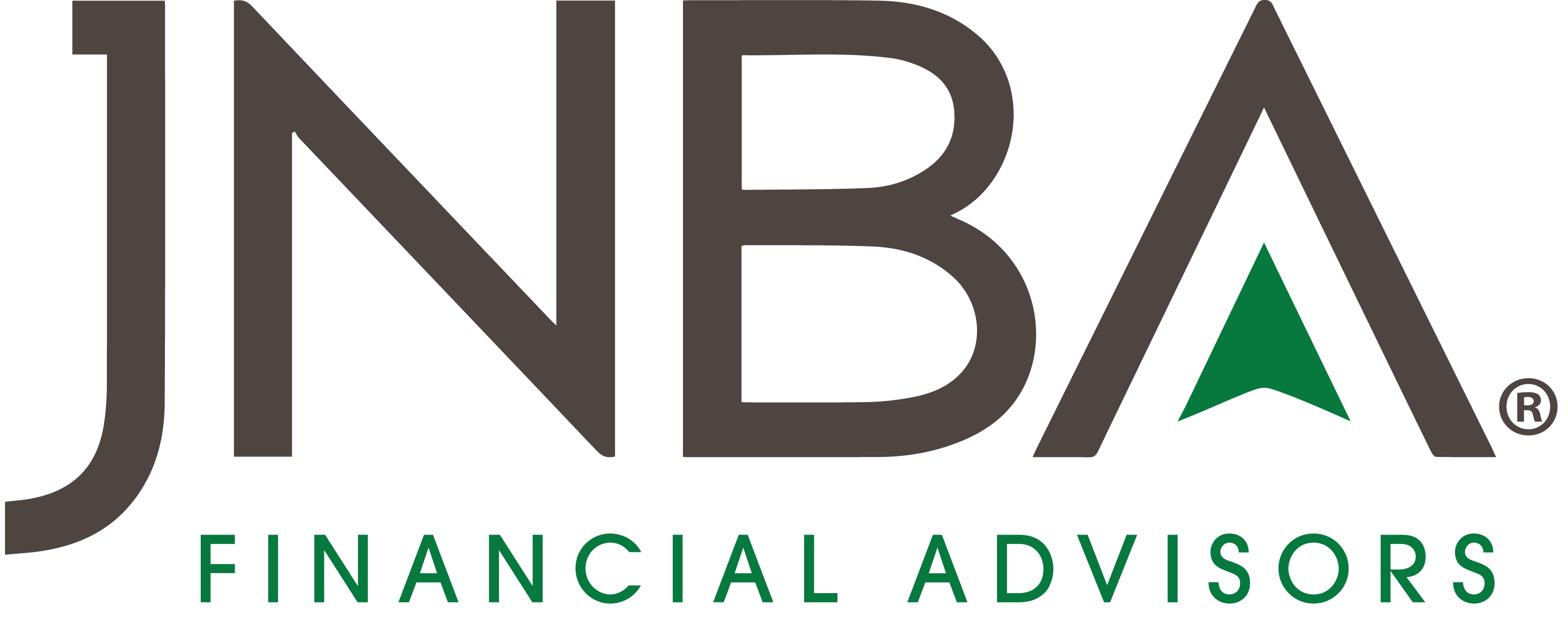After years of putting funds away for the future, your student is off to college and ready to access funds in their 529 plan. But how exactly does it work? What expenses qualify? What’s the best way to approach distribution? What are the tax implications? Here are some important considerations to keep in mind:
Qualified Expenses
What many people don’t know is that there are a lot of qualified education expenses that 529 plans can be used for beyond college tuition. While certain regulations or caps may vary by state, generally the following can be qualified as an education expense:
- College enrollment fees
- Room and board expenses
- For on-campus students – dorm and meal expenses
- For off-campus students – certain rent, food and utility bills
- Computers, software and internet access for college students if predominantly used for educational purposes
- Qualified education loan payments (lifetime maximum of $10,000 per beneficiary)
- Special needs expenses
- Fees, books, supplies, and equipment for participation in a registered and certified apprenticeship program
While this is not true of Minnesota, in many states, you can also use 529 funds towards kindergarten through 12th grade tuition.
A 529 plan is intended for costs directly related to getting your education, and adjacent expenses such as the following do not qualify:
- Travel expenses
- College prep tests
- College entrance exam fees
- Personal living expenses beyond certain rent, food and utilities
- Health insurance
- Fees for sports or club activities
When and How to Access Your Funds
One of the most important rules of thumb is that distributions from a 529 should be taken in the same calendar year that the expense is incurred. If it’s fall semester and you’re thinking about paying tuition due in January, you would need to wait until January of that year to withdraw funds from the 529 plan.
When accessing your funds, you have three payment options. You can make the check payable to the educational institution, the account beneficiary (the student) or the account owner (parent, grandparent, etc.) if they are reimbursing expenses that they personally paid. Most check options can be sent via mail or direct deposit and will require personal identifiable information from your 529 provider.
Overfunded Plans? Strategies for Managing your Investment
In some instances, individuals may end up with overfunded 529 plans that exceed the education expenses they are facing. In that case, there are a few options:
- The 529 plan owner can hold onto the plan with the owner named as the plan beneficiary and save it for continuing education or graduate school if that’s something you might pursue.
- The 529 plan owner can save the fund for a future child or grandchild or change the beneficiary to a qualifying family member such as a child (including foster or adopted), sibling or parent (including stepfamily members), first cousin, aunt or uncle, niece or nephew, or a spouse of any of the above.
- As a result of 2022 legislation, you can now roll over remaining funds (up to $35,000) into a Roth IRA in the name of the beneficiary. Contributions to the beneficiary’s Roth are subject to annual contribution maximums ($7,000 for those under 50 in 2025).
- Or you can liquidate the funds or use them for non-qualified expenses, incurring the 10% penalty on the earnings, as well as ordinary income tax.
Like many tax-advantaged savings plans, there are penalties in place for non-qualified expenses and timeframes in place to reconcile withdrawals that don’t match expenses. In partnership with your financial advisor and your tax professional, it’s important to pay attention to IRS guidelines and be thoughtful about your contribution and distribution strategies to help maximize your investment.
To discuss options for a 529 plan, reach out to your JNBA Advisory Team.
Due to various factors, including changing market conditions and/or applicable laws, some of the content may no longer be reflective of current opinions or positions. Moreover, you should not assume that any discussion or information contained in this blog serves as the receipt of, or as a substitute for, personalized investment advice from JNBA Financial Advisors.
Please see important disclosure information at jnba.com/disclosure






